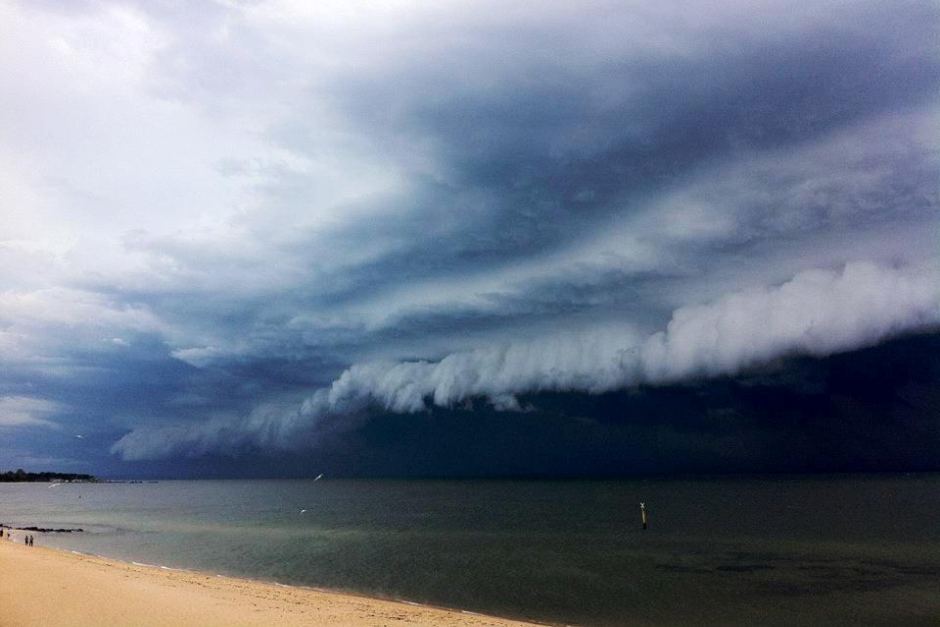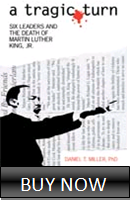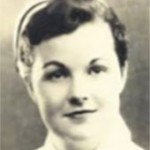
We’re waiting in 2020 to see if coronavirus has more than one wave. Most major viruses and pandemics in the past have more than one wave, so it’s reasonable to expect the same will be true again, will be true for us.
But how will Wave Two differ from Wave One?
This is where a creative look at the pandemic of 1918-1920 offers part of an answer. I’d like to walk you through my concept of Warfluenza and apply it to the pair of influenza waves in 1918.
The Numbers
In 1918, the distinction between Wave One (March to early July) and Wave Two (September to early December) was in the numbers—the numbers of cases and the numbers of deaths. In Wave One influenza rose significantly above a normal springtime experience of illness in American life. Across the first half of the year 75,000 people died, an increase of approximately 20 percent from the same stretch of months a few years earlier. People noticed.
Here’s where we begin our use of a term I call “Warfluenza.” I define Warfluenza as the collision of the pandemic with the dominant issue of American life at the time—namely, the World War. So, Americans didn’t just cope with influenza, they coped with influenza while waging the largest war in their history, a distant war no less, overseas in Europe, Asia, and Africa. The World War affected influenza, and influenza affected the World War. Hence, Warfluenza is a more encompassing and compelling term for the challenges facing Americans in 1918.
We see Warfluenza in 1918’s Wave One. When influenza first appeared near a military encampment in Kansas, jumping from birds to humans, its presence followed soldiers and sailors to other military installations and training posts. New military personnel were unfamiliar with various strains of influenza. The strains were alien to them, beyond their exposure. In addition, military personnel were often transported back and forth between the United States and Europe, again exposing them to unfamiliar strains of influenza. This explains why the primary sites of Wave One’s influenza in the US were military installations.
So in Wave One, the impact of Warfluenza is seen most clearly in wartime buildings, barracks, and billets.
The Interlude
Then, during the summer, the numbers of influenza cases and deaths dropped. Inexplicably, the extent of illness declined to levels where Americans simply absorbed the condition as part of the routine, as the accepted comings-and-goings of life. The interlude is important because it marks the end of Wave One and re-establishes a sense of normality. The interlude is where we want to be, especially in time of other intense changes as seen in American involvement in the World War. Young men were drafted into the military. They went off to train and fight in a foreign land. And large swaths of life had to be bent toward the execution and the winning of the global conflict. This intrusion into the normal made the interlude all the more appealing and all the greater a sense of relief when it reappeared. Good riddance to Wave One.
Think a little more about an interlude in such moments. It must be said that in re-establishing the normal, the interlude resets the boundaries, expectations, and baselines from which any subsequent deviation occurs. Compared to the state of life that existed when Wave One had first emerged—a state that people may be shocked out of and thus derive a rebounding energy from within the shock—the interlude will exert still greater power in the minds, hearts, and souls of people as they hold fast to normalcy. The rebounding power of the first shock gives way to a stubbornly resistant power of the interlude.
The interlude is a powerful force.
The Numbers Plus
In Wave Two, however, the rise turned to a spike, to a skyrocketing trajectory, to levels that defied everything people had known before. 375,000 people died in the last four months of the year. Many were in communities and regions apart from military facilities. Wave Two wasn’t simply a return of pre-interlude levels. Influenza roared back, multiplying far beyond Wave One. So hideous was the suffering that, it seemed, death became the point of life.
More than the numbers changed in Wave Two. Warfluenza changed as well.
As the numbers of cases and deaths vaulted, Warfluenza took on a different tone. Now, wild rumors spread of German spies and sabotage as well as supposed executions of German agents implanting the virus in American camps and communities. Now, the public events of the war—parades, parties, celebrations—became sites that accelerated infections. Now, military units were weakened in their readiness to fight and war-related factories saw production drop because of workers absent with illness. Now, decisions in political and military hierarchies had to account for the impact of influenza; a President of the United States who in a different environment might have expressed sympathy for victims of influenza instead adopted a callous, stone-faced silence about the pandemic. And now, public and private speech and communication about the pandemic was judged against its potential effect on war morale and war support. Panic set in.
The Numbers Defined And The Second Wave Of 2020
The pandemic’s numbers in 2020 should be defined with flexibility. It’s not only cases and deaths that people can use to construct a sense of a new wave—it’s also the type of people, the location of people, and the ancillary health issues of people. The numbers can change in which groups of people are affected. Younger children, for example, can be a new group touched by coronavirus and, with school in session, a new aspect of controversy and tension arises. New sites of coronavirus outbreaks can add to a sense of anxiety. The vulnerability of particular populations—those with lower incomes, living in cramped surroundings, including multiple generations—can heighten social unrest in a year already prone to such clashes. Further, the onset of influenza and other seasonal afflictions may mimic coronavirus all too closely and trigger fears of the pandemic’s spread. The numbers can take on a a variety of forms and, thus, the appearance of a new or second wave can be defined in a variety of ways.
All of these new conditions will be worsened with the disappearance of unity seen in Wave One. Back in the spring people tended to band together, to rally in the face of a new threat and new unknown. And the spring was the spring—schools entered spring vacations as well as the end of their academic terms, while warmer weather promised at least a new freedom outdoors. In workplaces a frantic pace of change helped focus attention and energies. None of this will be true in the last quarter of 2020.
Not only would a 2020 Wave Two involve different dynamics than Wave One, it would also include a different expression of our own Warfluenza. World War Trump is 2020’s World War One. Everything about the circumstances around POTUS 45 has interacted with coronavirus, while everything about coronavirus has interacted with the broader civic and political world of POTUS 45 in American life. The election year that was the wrap-up of the primary season in Wave One will be a vastly more intense and hardened immersion into full-throttle election campaigns.
The accelerating pace of the election campaigns of World War Trump in 2020 align directly with the accelerating pace of military/diplomatic/economic campaigns of World War One in 1918. A difference will likely be vastly fewer deaths than 102 years ago, thankfully, but a channel of suffering in 2020’s Wave Two may be in other areas. Rather than in cases, we may find our greatest suffering in the civic bonds that typically hold together American life. The toll in lost trust, assumed goodwill, accepted harmony, benefits-of-the-doubt, willingness to listen, pursuit of mutual measures, and more may be the costliest part of Wave Two in 2020. After all, the World War One of 1918 actually involved war and so it’s not surprising that real lives were lost in that Warfluenza. Our World War Trump features casualties of other kinds in the American body politic.
Just remember, our physical numbers in Wave Two will likely not look as bad as they did in 1918’s Wave Two. But the social undergirding of the numbers may well produce a civic unsettling and disturbance that becomes our expression of Wave Two in a different realm.
Thanks for reading. All the best, Dan







